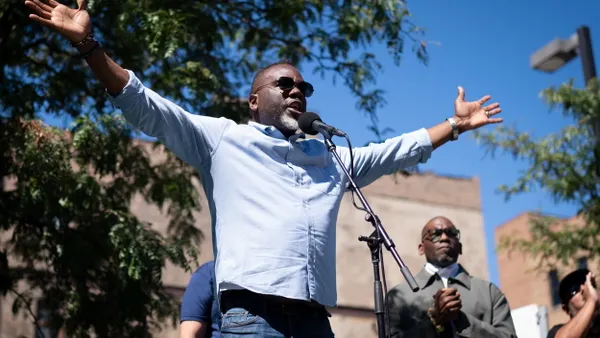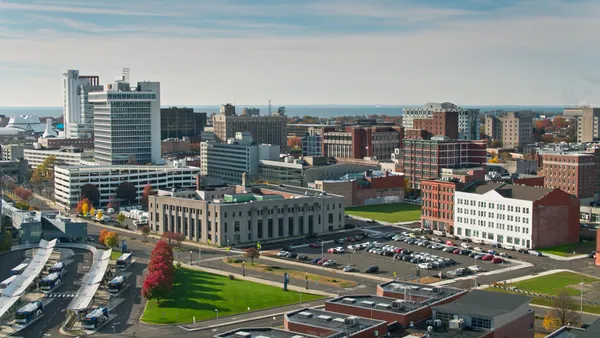Editor's Note: This is the second part of a multi-part series that will track how cities and regions are recovering from the damages of Hurricane Harvey, Hurricane Irma and other storms — and planning for future disasters.
Hurricane Harvey was touted as a once-in-a-lifetime event; a "500-year storm," according to some officials. But now, not even three full weeks later, the country is focused on another catastrophic storm — Hurricane Irma.
Irma worked its way through the Caribbean, leaving havoc in its wake, including total devastation on the island of Barbuda. While Irma's path spared the east coast of Florida from being hit by the eye wall (the most destructive part of the storm), the storm cut a line through island nations and parts of Florida before weakening to a tropical storm in Georgia and other parts of the Southeast United States.
Some areas, like the Florida Keys, evacuated — and many decided to ignore evacuation orders, too. Irma made landfall on Barbuda in the first week of September, and the weather system was still hovering over the mainland U.S. as of Sept. 13. Restoration and relief efforts are still ongoing, and some areas are still covered in floodwater.
As waters begin to recede and wind slows down over the mainland, officials have to switch from critical life and rescue missions into long-term recovery operations. Part of that work will be assessing what went wrong and what cities need to do in the future to prepare for more storms and other disasters. The simple truth is that "500-year" floods and storms will likely continue to happen more often.
Smart Cities Dive has compiled a round-up of some of the damage left in Irma's wake, focusing largely on Florida.
Quantifying the damaging and assessing the remediation
Health and safety
- Hurricane Irma killed at least 31 people in the United States, including eight in a nursing home who were residents stuck without electricity.
- The death toll in the Caribbean is over 35 people, according to The Guardian.
- Nearly three dozen Florida hospitals evacuated in the face of the storm, as reported in Healthcare Dive.
- Over 600 people are still in shelters in the Naples, FL area, one of the regions hardest hit by Irma.
Construction and transportation
- In the Florida Keys, 25% of homes have been destroyed and 65% have been impacted in some way.
- The Caribbean island of Barbuda saw 95% of its structures damaged by Hurricane Irma.
- Some roads in Florida are still dealing with clearing debris, though most major routes are clear.
- The storm has left gas stations in Florida scrambling to keep up supply, following a mass evacuation of millions of residents.
Waste management
- Curbside trash collection has resumed in many Florida communities — though collection times may be altered.
- Palm Beach County alone has collected over 14,000 tons of debris following the storm. The cleanup effort is likely to be massive across the Caribbean and the U.S.
Energy
- According to numbers from Thursday morning, about 2 million Florida residents are still without power.
- At the height of the impact, 15 million Floridians lacked electricity.
- While Irma did initially cause gasoline prices to rise, the national average has since stabilized.
Communication
- Lost cell phone service coverage in Florida was "widespread" but harder to track than power outages, since cell service relies on local towers.
- The widespread commercial power outages were another noted cause for blacked out cell phone, cable and internet services.
- The powerful storm cut Barbuda off from the outside world for at least 12 hours as cell towers were destroyed.
Where do we go from here?
Irma may not have been as destructive as it could have been. Miami was spared a devastating storm surge, for example, and local businesses are allowing residents to grab water and charge their electronic devices while power is out in residential regions. While the death toll may be lower than some had feared, the economic damage could hit $300 billion.
It is now clear that every city needs a resilience strategy. While it's easy to pay attention to the idea of rescue operations, flood control and shelter space during disasters, it's too little, too late when the power is already out and roads are blocked by debris. Many would say that, for a city to be considered smart, it needs to have some sort of accessible and open data policy. Given the recent slew of storms and other natural disasters, it may not be long until experts say resilience plans are just as important to smart cities as data policies.










